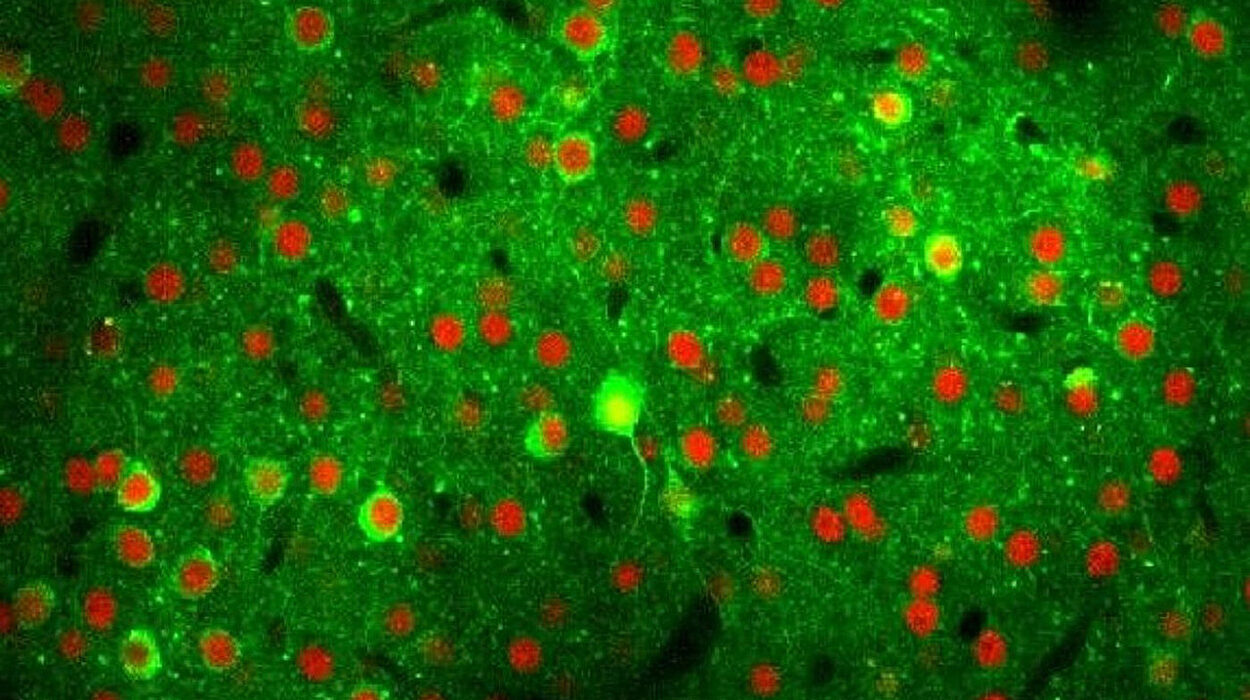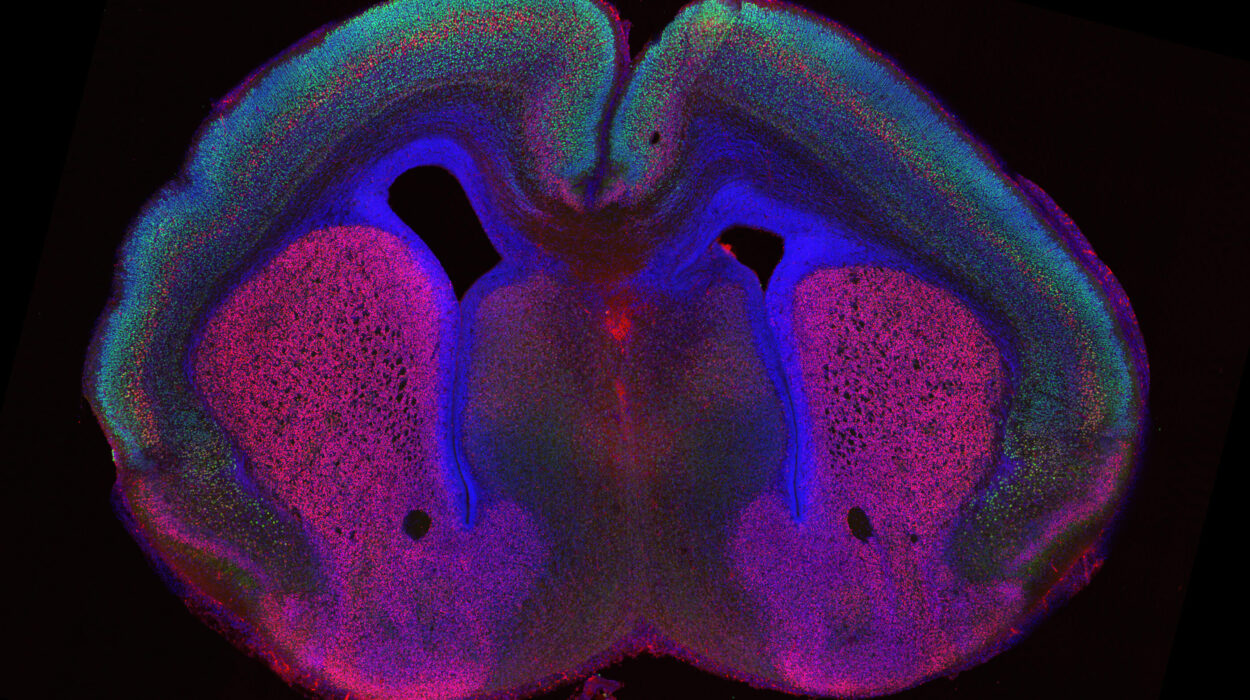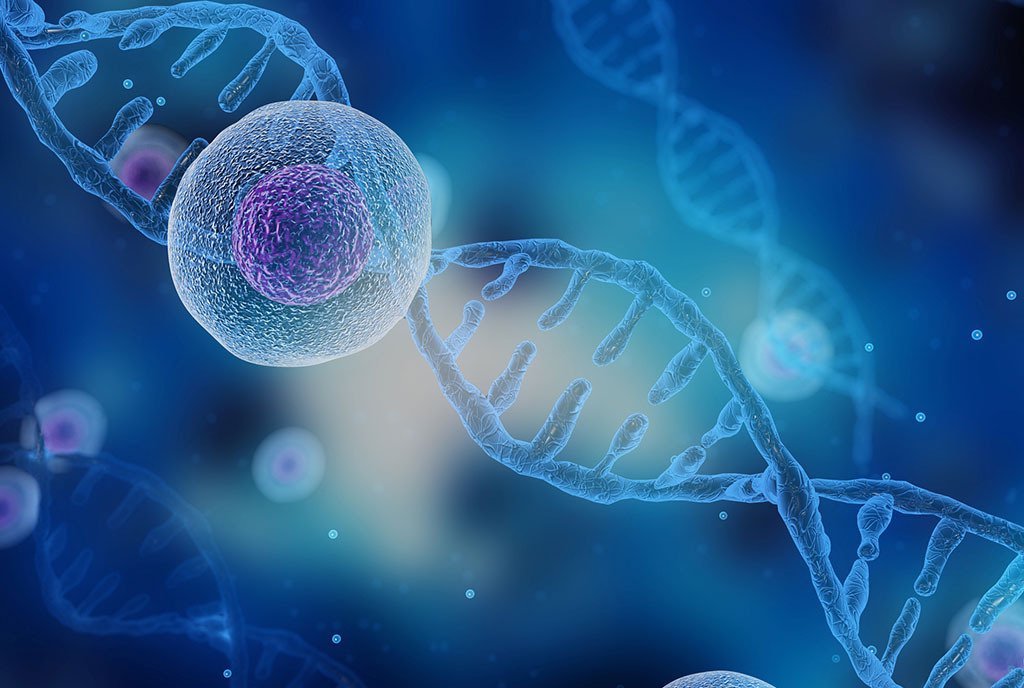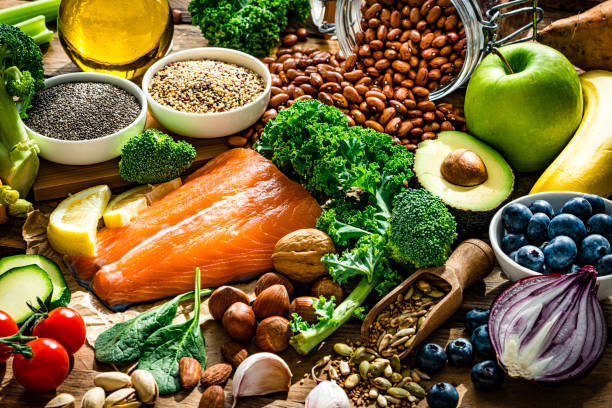Pregnancy is often called a miracle—and rightly so. From the moment a fertilized egg implants itself into the lining of the uterus, the female body embarks on one of the most awe-inspiring journeys in nature. Over the course of nine months, every organ, hormone, and system recalibrates to support new life. It’s not just a physical process; it’s a metamorphosis—of flesh, bone, blood, and even identity. The transformation can be beautiful, bewildering, exhausting, and empowering, often all at once.
While popular culture tends to romanticize pregnancy with glowing cheeks and a burgeoning belly, the reality is far more complex—and far more fascinating. The changes are not limited to what’s visible on the outside. From the moment of conception, the body becomes a symphony of biological recalibrations, many of which continue well after the baby is born.
Let’s journey through the remarkable, sometimes uncomfortable, often surprising, and deeply human changes that pregnancy brings to the body.
The Hormonal Revolution Begins
From the very start, hormones take center stage. Once the sperm meets the egg, a hormonal cascade is triggered that shifts nearly every biological process in the body. One of the first hormones to rise is human chorionic gonadotropin (hCG)—the hormone detected by pregnancy tests. Produced by cells that eventually form the placenta, hCG signals the ovaries to stop releasing eggs and maintain the uterine lining, ensuring the embryo has a cozy home.
Soon after, levels of estrogen and progesterone soar. Estrogen promotes the growth of the uterus and the development of the milk ducts, while progesterone helps to relax the uterine muscles to prevent early contractions. Together, they orchestrate changes in nearly every organ system, setting the stage for growth, protection, and nourishment of the embryo.
These hormonal shifts are also behind many of the early symptoms of pregnancy: fatigue, nausea, mood swings, breast tenderness, and food aversions or cravings. It’s a whole-body takeover, and hormones are writing the script.
The Cardiovascular System: A Heart That Works Overtime
By the end of pregnancy, a woman’s blood volume increases by about 50 percent. Why? Because the developing baby needs a constant, rich supply of oxygen and nutrients. To accommodate this, the heart begins to pump harder and faster, increasing cardiac output. It’s a remarkable feat—your heart becomes a literal powerhouse, circulating five to six liters of blood every minute.
But this increased demand can come with side effects. Many pregnant women experience lower blood pressure, especially in the first and second trimesters. This is due to blood vessels relaxing under the influence of progesterone. The result can be dizziness, lightheadedness, or even fainting spells, particularly when standing up too quickly.
As the uterus expands, it can compress veins in the pelvis, slowing the return of blood from the legs and contributing to swelling in the feet and ankles, especially in later stages. For some, this can also lead to varicose veins and hemorrhoids—unpleasant but common side effects of the body’s shifting circulation.
The Respiratory System: Breathing for Two
As pregnancy progresses, many women notice that they become winded more easily. That’s because the respiratory system also adapts, although not quite in the way people often assume. While the growing uterus does push up against the diaphragm, reducing lung volume slightly, the real change is more subtle and sophisticated.
Pregnant women begin to breathe more deeply and efficiently, increasing the amount of air exchanged with each breath. This helps ensure that the baby gets enough oxygen, even as maternal oxygen demands rise. Progesterone, again, plays a role here—it stimulates the respiratory centers in the brain to prompt deeper breathing.
This shift can make women feel out of breath even while resting. But in most cases, it’s not a sign of something wrong—just one more example of the body adapting, elegantly and invisibly.
The Digestive System: A Rollercoaster Ride
If there’s one system that throws its hands in the air and screams during pregnancy, it’s the digestive system. For many women, the first trimester brings a daily encounter with nausea and vomiting, sometimes escalating into hyperemesis gravidarum, a severe form that can require hospitalization. The precise cause isn’t fully understood, but it’s thought to be linked to high levels of hCG and estrogen.
As pregnancy continues, the hormone relaxin makes its appearance, softening the ligaments of the pelvis to prepare for childbirth. But relaxin also loosens the muscles of the gastrointestinal tract. This, along with elevated progesterone, slows down digestion. The result? Constipation, heartburn, and bloating become familiar companions.
The stomach’s valve—the lower esophageal sphincter—also relaxes under hormonal influence, which can lead to acid reflux, especially as the uterus crowds the abdomen in the third trimester. Eating small, frequent meals and avoiding spicy or fatty foods becomes a kind of culinary strategy for survival.
The Urinary System: A Frequent Flier
One of the earliest signs of pregnancy is frequent urination, and it’s not just because the uterus is pressing on the bladder—though that does happen later. In early pregnancy, increased blood flow and hormonal changes signal the kidneys to become more efficient, processing more fluid and removing waste more quickly.
As the uterus grows, it exerts physical pressure on the bladder, reducing its capacity and increasing the need for bathroom visits. This continues through much of the pregnancy and intensifies in the third trimester when the baby “drops” lower into the pelvis, applying even more pressure. For many women, this means waking multiple times during the night to pee—a small preview of the sleep deprivation to come.
Skin, Hair, and Nails: A Changing Canvas
Pregnancy doesn’t just reshape internal systems—it transforms outward appearance as well. Increased blood volume and vascularization often lead to that fabled pregnancy glow, where the skin looks more radiant and flushed. However, not all changes are welcome.
Rising hormone levels can trigger melasma, also known as the “mask of pregnancy,” a darkening of the skin on the face. This pigmentation may also appear on the nipples, inner thighs, and abdomen. A dark line called the linea nigra often forms down the center of the belly. These changes usually fade postpartum, but not always completely.
The belly itself stretches to accommodate the growing uterus, which can cause stretch marks—reddish-purple streaks that may lighten over time but rarely disappear. Hair often becomes thicker and shinier during pregnancy due to longer growth phases, but many women experience postpartum hair shedding as hormone levels normalize after delivery.
Nails may grow faster and stronger—or more brittle. Skin may become oilier, dryer, more sensitive, or all of the above. Each pregnancy writes its own story on the body’s surface.
The Musculoskeletal System: Strength and Strain
As pregnancy progresses, the body’s center of gravity shifts, forcing the spine to adapt. The result is often an exaggerated curve in the lower back called lordosis, which helps balance the added weight in the front of the body but can lead to back pain and sciatic nerve irritation.
Joints and ligaments become more flexible, thanks to relaxin. This allows the pelvis to widen during labor, but also makes the body more prone to sprains and strains, especially in the ankles, knees, and hips.
The abdominal muscles stretch and may even separate in a condition called diastasis recti, where the left and right sides of the abdominal wall drift apart. This can impact posture, core strength, and recovery after birth. Pelvic floor muscles, too, bear increased pressure and may weaken over time, contributing to urinary incontinence and pelvic organ prolapse.
Physical discomfort is common, but so is increased physical resilience. Many women discover a new strength in their bodies—one that they may never have known they possessed.
The Immune System: A Careful Balancing Act
One of the body’s most remarkable feats during pregnancy is its ability to protect the fetus—a genetically distinct entity—from immune rejection. To do this, the immune system undergoes a complex recalibration. It doesn’t “shut down,” as is often said, but rather becomes more nuanced.
Certain immune responses are dampened to prevent the body from attacking the fetus, while others are heightened to defend against infection. This delicate balance makes pregnant women more susceptible to some illnesses, like colds and flu, but better protected from others.
This immune adjustment may also explain why some autoimmune conditions, such as rheumatoid arthritis, go into remission during pregnancy—only to flare again after birth.
The Brain and Emotions: A Different Kind of Intelligence
Perhaps one of the most underappreciated aspects of pregnancy is how it changes the brain. Research using brain imaging has shown that pregnancy leads to measurable changes in gray matter volume, particularly in areas involved in social cognition and emotional regulation. Far from indicating loss of function, these changes seem to reflect a heightened ability to attune to others—especially to the newborn’s needs.
Emotionally, pregnancy can be a rollercoaster. Hormonal fluctuations, physical discomfort, and the looming reality of childbirth and parenthood stir up a potent mix of joy, fear, vulnerability, and wonder. Anxiety and depression can also surface, particularly in women with a history of mental health issues.
“Pregnancy brain” or forgetfulness is real, though its causes are still being studied. Whether due to hormonal changes, disrupted sleep, or sheer mental load, many women report lapses in memory or attention.
But pregnancy also invites a deeper connection to intuition, creativity, and resilience. The emotional transformation is not just about preparing for a baby; it’s about becoming someone new.
Postpartum: The Aftershock and Renewal
The changes don’t stop at birth. In fact, many of them intensify. The postpartum period is a time of physical healing, hormonal recalibration, and emotional upheaval. The uterus contracts back to its original size—a process that can cause cramping. The body sheds excess blood and fluid, and hormone levels drop dramatically, triggering mood swings or postpartum depression.
Breasts may become engorged as milk comes in, and nursing can be painful at first. Pelvic floor recovery, especially after vaginal birth, can take months. Sleep deprivation, new responsibilities, and identity shifts combine to make this one of the most vulnerable—and transformative—times in a woman’s life.
Yet it is also a time of renewal. The postpartum body is not a “ruined” version of its former self—it is a map of the journey it has taken, marked by strength, scars, and adaptation. Healing is not about returning to how things were, but growing into something new.
Conclusion: A Body Transformed, a Soul Awakened
Pregnancy is not merely an experience of growing a baby. It is the unraveling and reweaving of the self. Every system in the body is touched. Every cell seems to conspire toward creation. The changes can be challenging, even overwhelming, but they are also sacred.
A pregnant body is a body in transition—fluid, powerful, sometimes uncomfortable, always miraculous. It’s not just a vessel for life. It is life itself, morphing in real time, teaching strength, endurance, and love on levels we barely understand.
When we speak of pregnancy, let us not limit the conversation to weight gain or glowing skin. Let us speak, instead, of the extraordinary journey—the science, the emotion, the awe—that transforms not only the body, but the very soul of the woman inside it.






